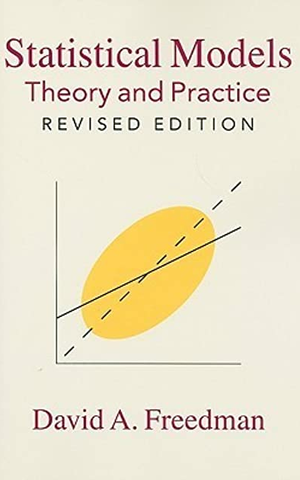
Statistical Models: Theory and Practice
- Book
- 2005
- #Statistics #Causality
This lively and engaging textbook explains the things you have to know in order to read empirical papers in the social and health sciences, as well as the techniques you need to bui...
Show More
Number of Pages: 442
ISBN: 0521743850
ISBN-13: 9780521743853